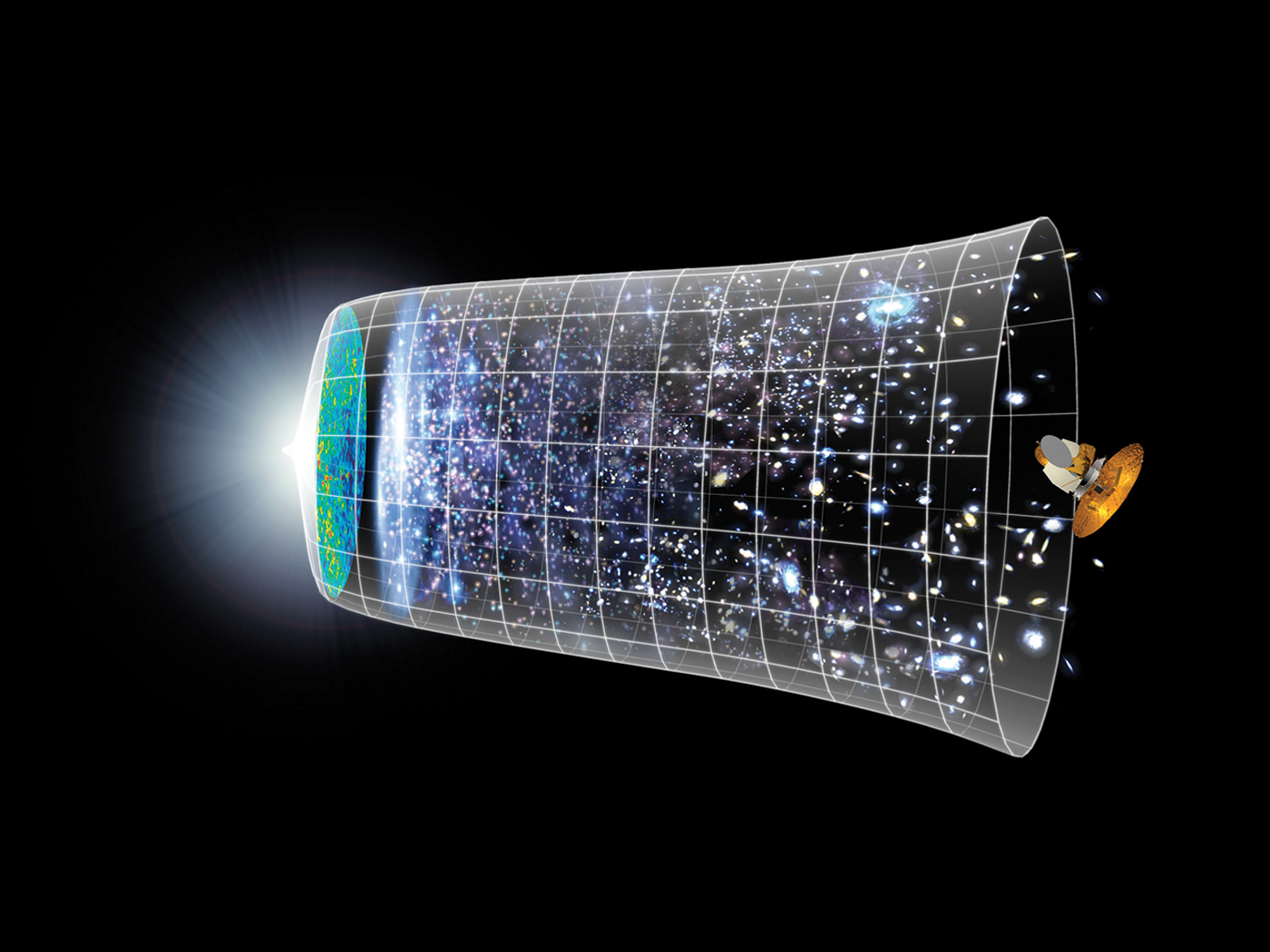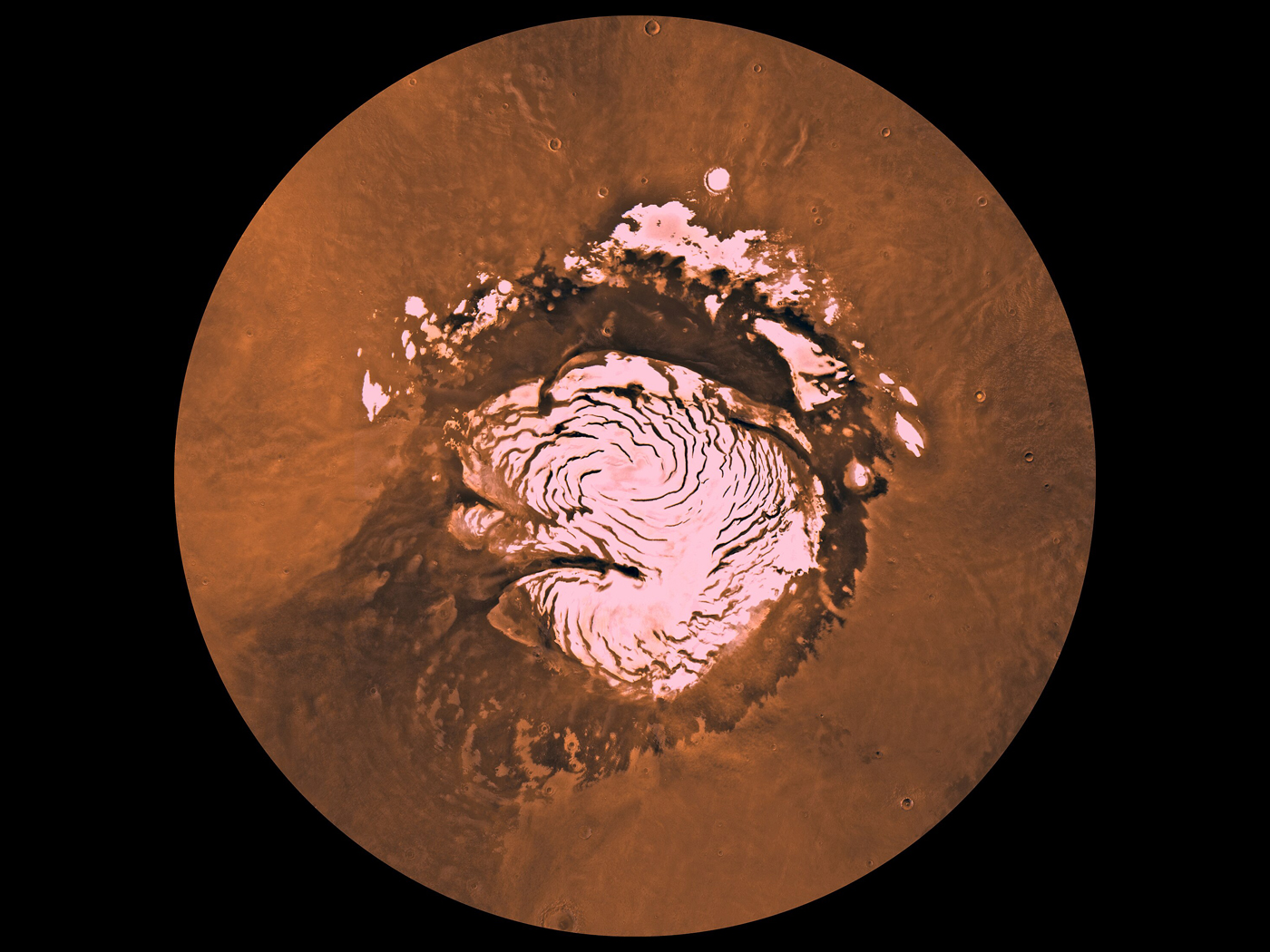A fossil fish heart, in remarkable condition, was found in Western Australia. It was embedded in a chunk of sedimentary rock dated by evolutionists to be 380 million years old. Co-author of the study, Per Ahlberg of Sweden's Uppsala University, was quick to make an unwarranted and bizarre fish/human connection,
The heart belonged to an armored, jawed fish called arthrodires. Supposedly, it is a “good 250 million years older than the jawed-fish heart that currently holds the “oldest" title.”1 So, “250 million years” earlier in the fossil record paleontologists still found a 100% fish heart. This hardly validates evolution.
In addition, the heart of this “ancient swimmer” is anatomically similar to modern sharks (elasmobranchs) which are also fish. One would expect minor variation of the design of the heart within the created fish kind (i.e. between elasmobranchs and Arthrodira). In other words, this variation is not macro or vertical evolution.
If macroevolution were true, then paleontologists should be able to document how the jawless condition evolved into a jawed condition.2 Evolutionist Kenneth Kardong discussed the supposed evolutionary origin of jaws, “Such work is at the moment under way using molecular and genetic probes, but these have so far produced unsettled and somewhat contradictory results.”3
At this critical juncture there is no fossil evidence of such a strange transition, so an unscientific appeal is made to a large evolutionary leap. Professor Kate Trinajstic, a vertebrate paleontologist at Australia's Curtin University said, "Evolution is often thought of as a series of small steps, but these ancient fossils suggest there was a larger leap between jawless and jawed vertebrates.”1
Creationists maintain jawless and jawed creatures lived together, inhabiting different ecological niches in the pre-Flood world.
Dr. Trinajstic stated in a recent article in Science, “Arthrodires thus show the earliest [evolutionary] evidence for repositioning of the gnathostome heart associated with the evolution of the complex neck region in jawed vertebrates.”4 The gnathostomes are a large group of jawed vertebrates including mammals, fish, birds, amphibians, and reptiles. As we have seen, fish hearts have always been fish hearts. Furthermore, the heart is situated in the gnathostome body based on what group it belongs to and is not “repositioned” by some ill-defined evolutionary process.
Finally,
Since such delicate structures were preserved necessarily means that the creatures were suddenly and catastrophically buried so quickly there was no time for the work of scavengers, predators, or bacterial decay. A flood of epic proportions could explain such preservation. “The catastrophic deposits in which the (mostly marine) fossils are found are almost all on the continents. A series of marine cataclysms inundated the land, destroying nearly everything there and laying down a record plain enough for all to see.”5
References
1. Katz, L. Scientists Discover 380 Million-Year-Old Heart, Stunningly Preserved. CNET. Posted on cnet.com September 18, 2022, accessed September 19, 2022.
2. Tomkins, J. The Fossils Still say no: The Mystery of Jawed Vertebrates. Creation Science Update. Posted on ICR.org January 29, 2021, accessed September 15, 2022.
3. Kardong, K. V. 2012. Vertebrates: Comparative Anatomy, Function Evolution, 6th ed. New York: McGraw Hill, 246.
4. Trinajstic, K. et al. 2022. Exceptional preservation of organs in Devonian placoderms from the Gogo Lagerstätte. Science. V 377:1311-14.
5. Morris, J. and F. Sherwin. 2010. The Fossil Record: Unearthing Nature’s History of Life. Dallas, TX: Institute for Creation Research. 124-25.
*Dr. Sherwin is a science writer and speaker at the Institute for Creation Research. He earned an M.A. in invertebrate zoology from the University of Northern Colorado and received an Honorary Doctorate of Science from Pensacola Christian College.











